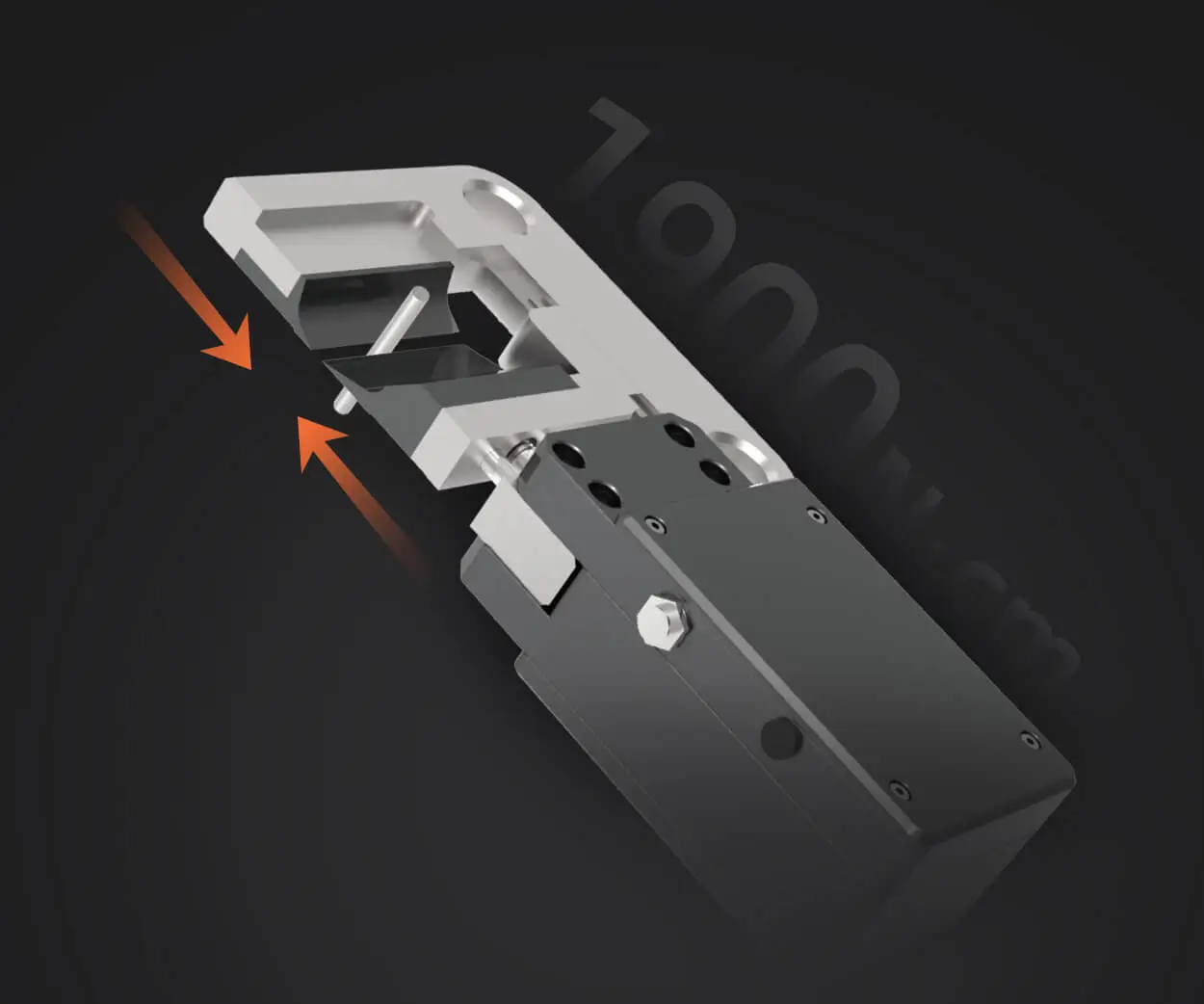Looking at how most modern apps are built, the debate between microservices and monoliths keeps popping up. It’s like choosing between a Swiss Army knife and a toolbox — both get the job done, but how you approach the problem makes all the difference.

Microservices? They’re like tiny Lego blocks. Each piece does its own thing—sometimes it’s the user login, other times it’s payment processing. The big idea? Break down complexity into manageable chunks. When you need to change one part, you don’t have to mess with the entire structure. You just swap or tweak that Lego. It feels flexible, even liberating. But, hold on, it’s not all smooth sailing. That many small parts? They need to talk to each other, often over a network. Sometimes, that communication hiccups and slows things down. Plus, managing all those micro parts can turn into a headache unless you've got good orchestration tools.
Now, compare that to a monolithic setup. Everything is bundled together—like a big dense cake. Making changes feels straightforward at first. You adjust one ingredient, and the whole thing stays intact. It’s simple to deploy, especially for small teams or projects that aren’t expected to grow too complex. But, once that cake gets bigger and more layered, it’s harder to tweak without messing up the whole batch. Deployments become riskier because a change in one corner might break parts of the whole system. Scaling is also a pain—if one feature needs more juice, you might end up scaling the entire cake rather than just one layer.
Imagine you’ve got a startup with limited resources, trying to decide. Do you want the agility of microservices or the simplicity of monolithic? If your application is likely to evolve rapidly, microservices can give you that agility. But be ready for the complexity that comes, because managing multiple services isn’t trivial. On the other hand, if you're just testing the waters, a monolithic could save you headache and time.
Questions come up often: “Is microservices always better?” Nope. Sometimes, a monolithic approach wins for its simplicity and easier management. But if you’re aiming for high scalability and quick feature deployment, microservices might give you an edge. Plenty of successful companies started with monoliths and later transitioned when they knew their needs.
Sometimes, it doesn't even have to be a straight choice. Hybrid approaches are catching on. Use a monolithic core for core functions—like login and core data—and spin off microservices for features that need to scale rapidly or change often. It’s a bit like having your cake and eating it too.
At the end, the real question is: what does your project demand right now? Flexibility? Speed? Ease of deployment? Scalability? Picking the right architecture isn’t just technical—it shapes how your app grows and how team collaboration flows. Whether you lean towards microservices or monolith, knowing the details helps keep things running smoothly. Because tech choices aren’t just about today—they set the stage for tomorrow.
Established in 2005, Kpower has been dedicated to a professional compact motion unit manufacturer, headquartered in Dongguan, Guangdong Province, China. Leveraging innovations in modular drive technology, Kpower integrates high-performance motors, precision reducers, and multi-protocol control systems to provide efficient and customized smart drive system solutions. Kpower has delivered professional drive system solutions to over 500 enterprise clients globally with products covering various fields such as Smart Home Systems, Automatic Electronics, Robotics, Precision Agriculture, Drones, and Industrial Automation.




































